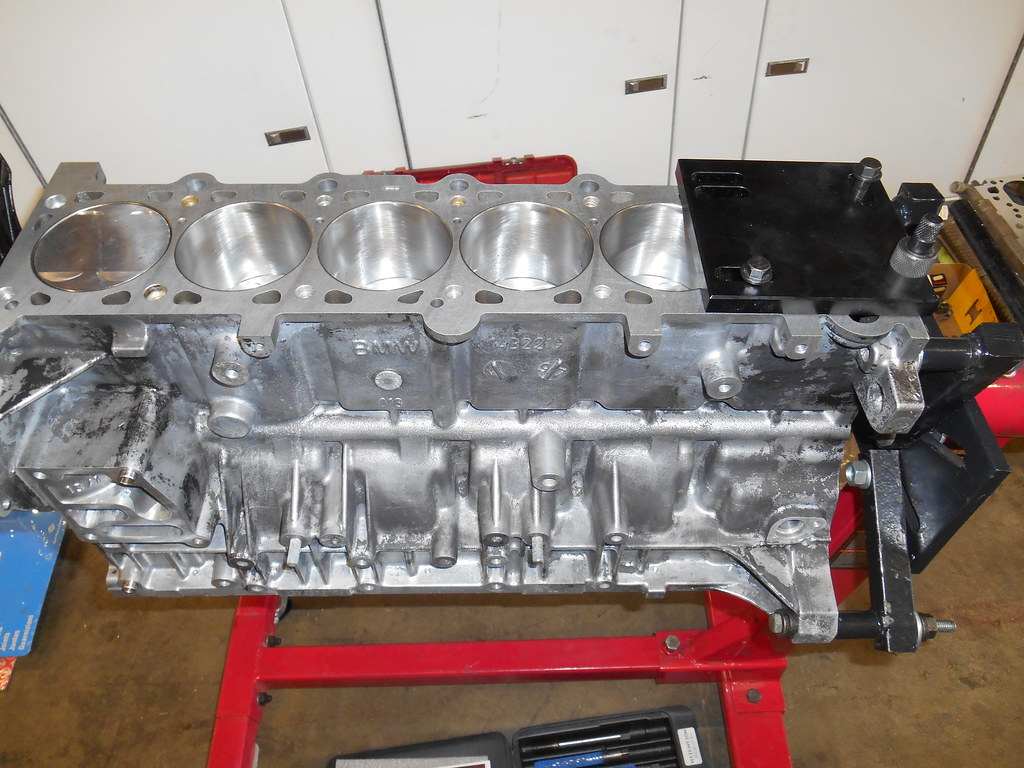Morning Gents,
A quick question in regards of the 98-98 Z3 Aluminium Block with Steel liners.
Can anybody confirm for me if the casting number (intake side centered) on these blocks is 1 432 219?
Thanks in advance!
A quick question in regards of the 98-98 Z3 Aluminium Block with Steel liners.
Can anybody confirm for me if the casting number (intake side centered) on these blocks is 1 432 219?
Thanks in advance!









Comment